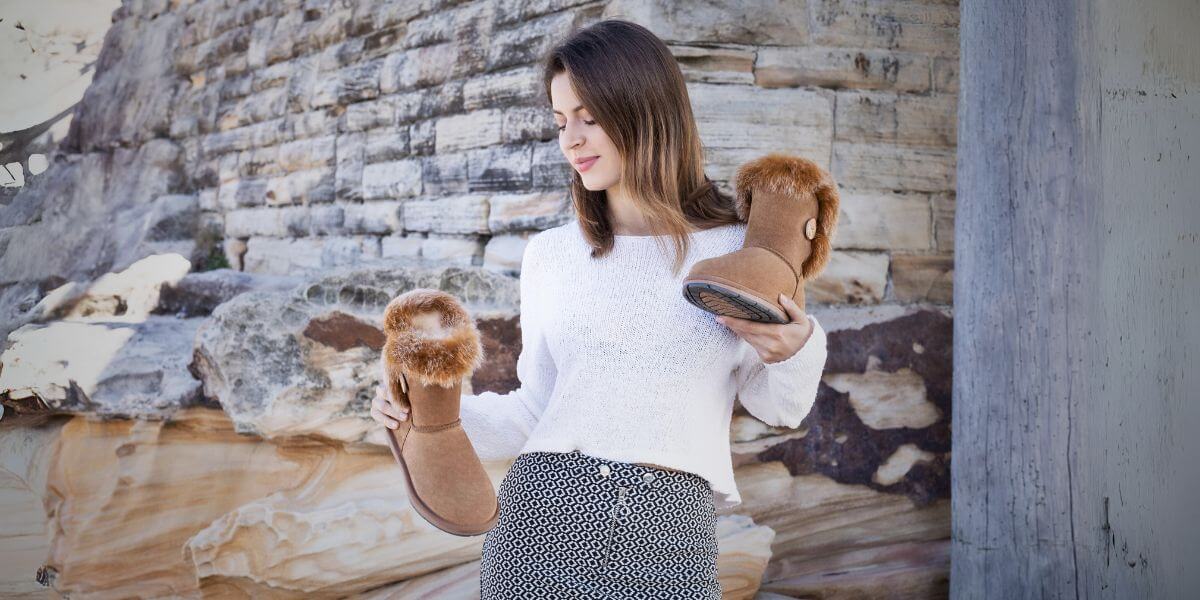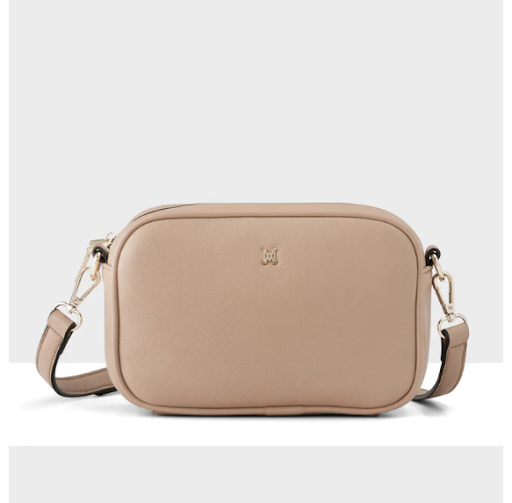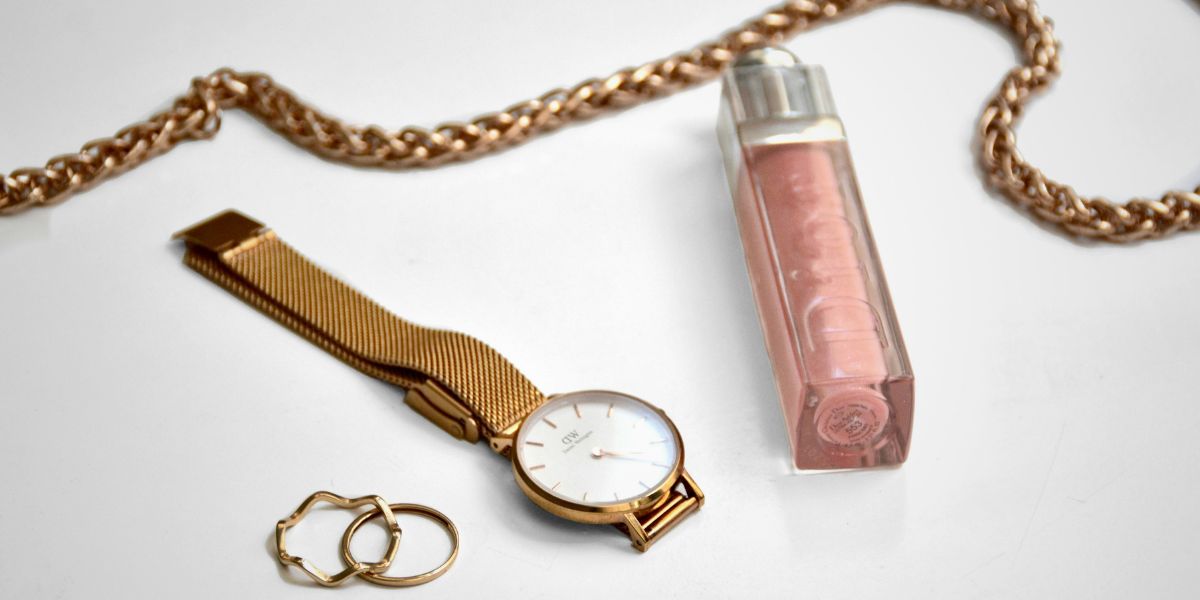Australia’s winter may not be as harsh as Europe’s or North America’s, but it can still surprise you with chilly winds, frosty mornings, and sudden rain—especially in the southern states. Dressing appropriately for the season requires balancing comfort, warmth, and versatility, while keeping the country’s diverse climates in mind. Whether you’re in Melbourne’s misty laneways, Sydney’s breezy harbourside walks, or Brisbane’s mild evenings, knowing what to wear in Australia during winter helps you feel both stylish and comfortable wherever you go.
For a complete overview of what to wear across all seasons, check out our What to Wear in Australia guide.
Understanding Australia’s Winter Climate
Before filling your suitcase or reorganising your wardrobe, it’s worth understanding how varied Australia’s winter weather can be. Winter officially runs from June to August, but the experience differs dramatically from city to city.
In southern Australia—including Melbourne, Hobart, Canberra, and Adelaide—temperatures often range between 5°C and 15°C, with frosty mornings, fog, and occasional rain. Melbourne and Hobart, for instance, are famous for their four-seasons-in-a-day weather, so layering is essential.
In Sydney, winter is cooler yet relatively mild, usually between 8°C and 17°C. You’ll still need a jacket and closed shoes, but heavy coats are rarely necessary.
Further north, Brisbane, Cairns, and Darwin experience a much warmer and drier winter. Temperatures often hover around 20°C to 26°C, making it feel more like spring than winter—light layers and breathable fabrics are your best friends there.
And if you’re heading to the Australian Alps (like Thredbo, Perisher, or Mount Buller), expect genuine snow and sub-zero temperatures. You’ll need full winter gear: thermals, snow boots, waterproof jackets, and gloves.
The key takeaway? There’s no one-size-fits-all winter outfit in Australia—you need to dress for your region.
Essential Clothing for an Australian Winter
1. Layering Is the Secret
The foundation of winter dressing in Australia is layering. Because days often start cold and end mild, your outfit should adapt easily. A good formula is:
- Base layer: Lightweight cotton or merino wool tops to keep warmth close to your skin.
- Middle layer: A jumper or fleece for insulation.
- Outer layer: A coat, jacket, or waterproof shell to block wind and rain.
Merino wool is particularly valued in Australian winters. It’s naturally temperature-regulating, odour-resistant, and perfect for travellers moving between climates.
2. The Right Jacket for Every City
Choosing the right jacket depends on where you’ll be.
- Melbourne & Hobart: Go for a wool coat, trench coat, or padded parka. Waterproof options are a must due to unpredictable showers.
- Sydney & Adelaide: A mid-weight bomber, leather jacket, or long cardigan works perfectly.
- Brisbane & Perth: A denim jacket or light puffer is usually enough. Snowy regions: Invest in a down jacket or insulated waterproof coat.
When deciding what to wear in Australia during winter, always pack one versatile outerwear piece that pairs easily with both casual and dressier outfits.
3. Warm Knitwear
Knitwear is both stylish and practical during Australian winters. Crew-neck jumpers, roll-necks, and cardigans are easy to mix and match. Choose neutral colours like beige, navy, charcoal, or olive—they complement most wardrobes and look timeless.
Merino or cashmere blends are worth investing in because they provide warmth without bulk. For travel, pack one chunky jumper for cold evenings and one lighter knit for layering during the day.
4. Bottoms and Pants
When it comes to winter bottoms, comfort meets practicality. Denim jeans remain a go-to choice—they’re durable and pair well with almost everything. In cooler areas like Melbourne or Canberra, consider thicker fabrics such as corduroy or lined trousers.
For women, wool skirts with tights or ankle-length trousers make chic options for city wear. Men often opt for chinos or dark jeans paired with knit jumpers or shirts. If you’re planning outdoor activities, water-resistant pants or leggings are excellent for comfort and protection.
5. Footwear for Winter Conditions
Winter footwear in Australia doesn’t need to be bulky, but it should be weather-appropriate. Waterproof boots, leather sneakers, and ankle boots are great choices for city life. In wetter regions, gumboots or Chelsea boots work well.
For travellers heading to snowy regions, insulated snow boots are necessary. Meanwhile, in northern Australia, you can often get by with closed-toe loafers or trainers. The golden rule: wear shoes that can handle both moisture and mild chill without compromising comfort.
6. Accessories That Make a Difference
Accessories are not only about fashion—they’re essential for adapting to Australia’s microclimates.
- Scarves: Wool or cashmere scarves keep your neck warm and add texture to outfits.
- Gloves: Lightweight leather or knitted gloves are handy on colder mornings.
- Beanies: A simple wool beanie keeps your head and ears insulated.
- Umbrella: Don’t forget a compact umbrella—rain showers can appear unexpectedly in coastal cities.
- Sunglasses: The Australian sun stays strong even in winter, so UV protection remains crucial.
What to Wear in Major Australian Cities During Winter
Sydney
Sydney winters are mild yet occasionally rainy. A light trench coat over a jumper and jeans will suit most days. For evenings out, swap sneakers for ankle boots and add a scarf. Since Sydney’s temperature fluctuates, layering remains key—carry a cardigan or hoodie for cooler moments.
Melbourne
Melbourne’s winter can be unpredictable—sunshine, wind, and rain in a single afternoon. Locals swear by layered dressing: a warm jumper, waterproof jacket, and sturdy boots. Choose darker colours and classic coats for a sophisticated city look. Always carry an umbrella and a hat; Melbourne’s weather changes in minutes.
Brisbane
If you’re visiting Brisbane, you might forget it’s winter at all. Lightweight clothing like long-sleeve shirts, denim jackets, or linen trousers work well. A jumper for cool mornings or evenings is usually enough. Avoid heavy coats—you’ll rarely need them here.
Perth
Perth experiences sunny days with occasional rain. Think casual layering: jeans, cotton shirts, and a mid-weight jacket. For coastal walks, windbreakers or hoodies are useful. Footwear can be relaxed—leather sneakers or ankle boots will do.
Hobart
Hobart has some of Australia’s coldest winters, often dipping below 5°C. Choose wool coats, thick jumpers, scarves, and boots. The crisp air and occasional frost call for proper insulation. If you’re exploring Mount Wellington or nearby wilderness, waterproof and thermal gear are non-negotiable.
Canberra
Being inland and elevated, Canberra’s winters are dry and frosty. Expect chilly mornings, so pack thermal layers, padded jackets, and beanies. For city life, a wool overcoat paired with leather gloves adds both warmth and polish.
Dressing for Outdoor Activities in Winter
Hiking and Nature Trips
Australia’s winter is ideal for outdoor adventures—cooler weather means less sweat and fewer insects. For hiking in places like the Blue Mountains or Grampians, wear:
- Thermal base layers
- Breathable mid-layers
- Waterproof windbreaker
- Durable hiking boots
Lightweight down jackets are excellent because they compress easily yet provide solid warmth. Don’t forget sunblock—the winter sun can still be strong.
Beach Walks
Yes, people still visit beaches in winter! Coastal strolls in Bondi, Glenelg, or Cottesloe call for comfortable jeans, sneakers, and a warm hoodie or cardigan. Bring a light scarf to protect against the sea breeze. You may not swim, but the ocean views are worth the visit.
Snow Escapes
If you’re heading to Thredbo, Perisher, or Falls Creek, you’ll need snow gear: insulated jackets, waterproof pants, gloves, goggles, and snow boots. Layering remains essential, and thermal socks are lifesavers for long ski sessions.
Fabrics That Work Best in Australian Winter
Choosing the right fabrics can make all the difference between shivering outdoors or staying comfortably warm without feeling bulky. In a country as geographically diverse as Australia, the winter climate ranges from damp coastal breezes to crisp inland air and even alpine frost. To stay both stylish and practical, it’s best to invest in fabrics that offer warmth, breathability, and durability. Here are the most effective options for building your winter wardrobe.
Merino Wool
Australia is home to some of the finest merino wool in the world, so it’s no surprise this fabric tops the list. Merino wool is naturally breathable, insulating, and lightweight, which makes it perfect for layering. Unlike regular wool, it’s soft against the skin and doesn’t cause irritation or itchiness. It helps regulate body temperature—keeping you warm when it’s cold and preventing overheating when indoors. Merino wool jumpers, scarves, and thermal tops are wardrobe staples for winter in cities like Melbourne, Hobart, and Canberra. Plus, it’s odour-resistant, so you can wear it multiple times without frequent washing—ideal for travellers.
Cotton and Cotton Blends
Cotton is a classic fabric for the Australian lifestyle because of its versatility and comfort. While pure cotton isn’t the warmest choice, cotton blends (mixed with polyester or wool) work beautifully for layering during mild winters in cities like Sydney, Adelaide, or Perth. Cotton sweatshirts, long-sleeve shirts, and chinos are great base or mid-layers. They allow airflow while maintaining a polished, relaxed look suitable for daily wear. If you’re sensitive to heavier fabrics, cotton blends provide the ideal balance between comfort and light insulation.
Fleece
Soft, cosy, and incredibly functional—fleece is a go-to option for casual Australian winter dressing. Whether you’re hiking in the Blue Mountains or having a coffee in a breezy Melbourne café, a fleece jacket or pullover keeps you warm without adding weight. Fleece is also moisture-wicking and quick-drying, which makes it practical for outdoor activities or unpredictable rain showers. Its affordability and low maintenance add to its appeal—simply wash, dry, and wear again without losing shape.
Denim
Denim is a year-round favourite, but it shines in winter thanks to its structure and durability. Thick denim jeans or jackets act as natural windbreakers while maintaining a casual yet stylish appearance. Pairing denim with knitwear or leather boots creates an effortlessly Australian winter look—rugged but refined. For extra warmth, lined or heavier denim options can be useful, particularly for cooler southern states. A classic indigo or black pair of jeans works with nearly everything, from jumpers to trench coats.
Waterproof Synthetics (Nylon, Polyester, Gore-Tex)
In coastal cities like Melbourne, Hobart, or Sydney—where rain can appear out of nowhere—waterproof synthetic fabrics are essential. Jackets made with nylon or Gore-Tex repel water while allowing breathability, ensuring you stay dry without overheating. A lightweight waterproof shell is one of the smartest pieces you can own. It layers easily over sweaters or hoodies and protects against both drizzle and wind. Look for insulated versions if you’re spending time in colder inland areas or near the mountains.
Leather and Suede
Few fabrics age as gracefully as leather and suede. They provide natural wind resistance, moderate rain protection, and timeless appeal. A well-crafted leather jacket instantly adds sophistication to any winter outfit—whether paired with jeans and boots or a skirt and knit. Suede boots or accessories, on the other hand, lend a softer, more refined texture to your ensemble. Just remember to use protective sprays to prevent water damage, as Australian winter weather can sometimes be unpredictable.
By mixing these fabrics—combining natural fibres like wool and cotton with technical synthetics—you’ll create a wardrobe that’s functional across Australia’s varying winter climates. The result is comfort, warmth, and effortless style that suits both urban and outdoor lifestyles.
Styling Tips for a Polished Winter Look
Australian winter fashion is about comfort, layering, and timeless simplicity. Here are key tips to stay warm while looking put-together:
Keep colours neutral: Shades like beige, navy, and black are easy to match and always look refined. Add a touch of colour through scarves or accessories.
Invest in outerwear: A quality wool coat or trench instantly enhances your outfit and lasts for years. Choose classic cuts in neutral tones.
Add texture: Combining materials like wool, denim, and leather creates depth and interest without relying on bright colours.
Use accessories wisely: A scarf, beanie, or gloves add both warmth and style. Sunglasses remain useful in sunny winter cities.
Layer smartly: Wear breathable base layers, insulating knits, and weather-proof jackets. This helps you adjust to temperature changes throughout the day.
Australian winter style blends practicality with elegance — it’s all about feeling warm, looking confident, and dressing with effortless ease.
Packing Checklist for Travellers
Here’s a simple packing list for those visiting Australia in winter:
- 2–3 base layers (cotton or merino tops)
- 2 jumpers or sweaters
- 1 waterproof jacket or trench coat
- 2 pairs of jeans or chinos 1 pair of comfortable boots
- 1 pair of sneakers
- Scarf, gloves, and beanie
- Lightweight umbrella
- Sunglasses
- Smart casual outfit for dining or events
This combination covers everything from city exploring to countryside adventures.
Sustainable and Local Brands to Explore
If you prefer to shop local and support Australian craftsmanship, there are plenty of sustainable fashion labels making excellent winter wear.
Brands like Aje, Bassike, Assembly Label, and Country Road are known for quality knitwear and outerwear made with natural fabrics. For timeless leather boots or accessories, consider R.M. Williams, Buckle, or Peroz Australia, which highlight durability and refined design suitable for winter dressing.
Investing in Australian-made pieces not only ensures better quality but also supports ethical manufacturing practices.
Final Thoughts
Dressing for Australia’s winter is all about adaptability. With climates ranging from snowy mountains to sunny coastlines, layering remains your best approach. Prioritise breathable fabrics, waterproof jackets, and comfortable footwear, and adjust your outfit based on your location. The beauty of Australian winter fashion lies in its versatility—practical enough for changing weather, yet stylish enough for everyday life.
And if you’re looking to complement your seasonal wardrobe with quality accessories or footwear, Peroz Australia offers a curated collection of handcrafted pieces designed for modern Australian living.





